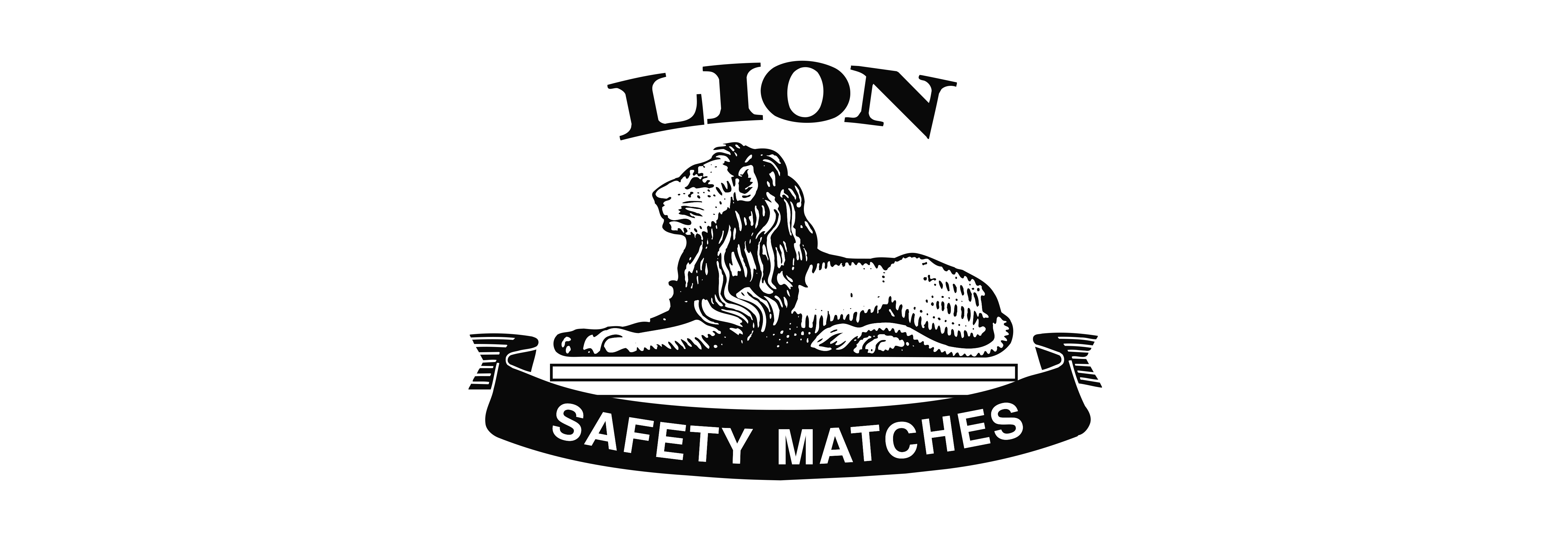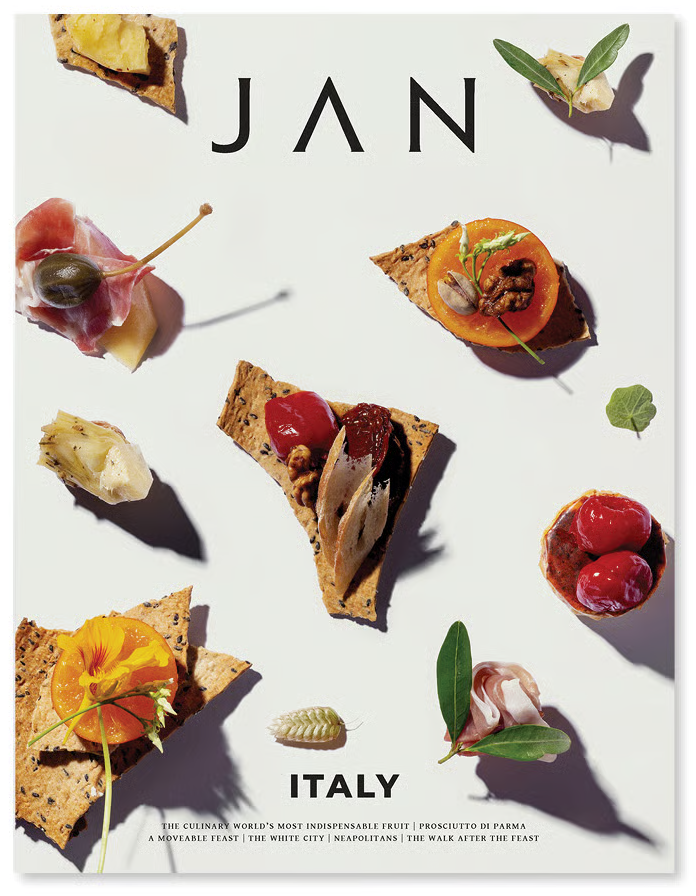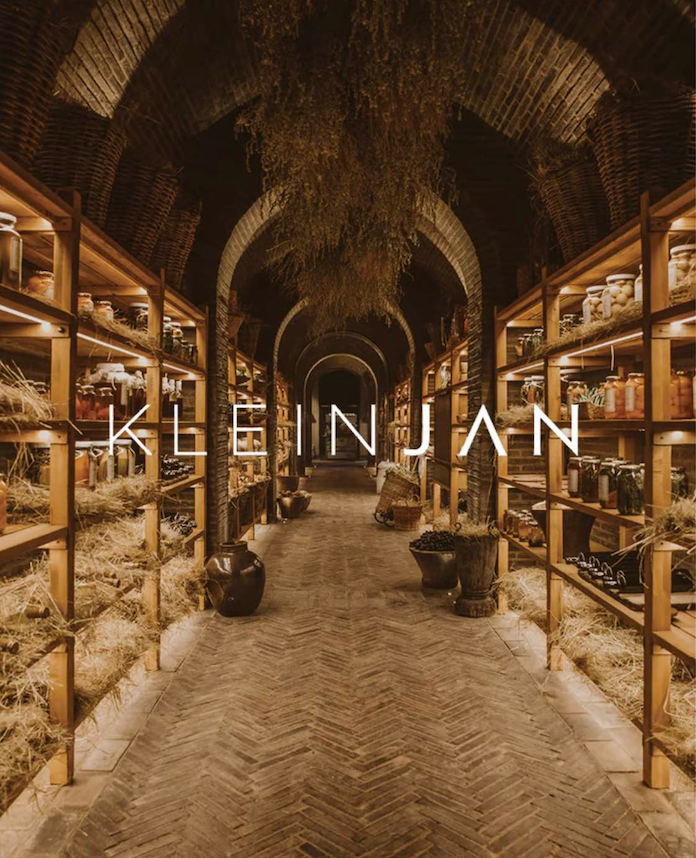How South Africa Feasts
A Look at Our Homegrown Way of Setting Tables
We South Africans tend to assume that the rest of the world is more informed, more educated and more sophisticated than us. Not true. Do we have less patience for formal, Downton Abbey-style dining? Yes. But so does most of the world. Times have changed, and for most of us, coming together to feast is about connecting with the people around us and having a great time – not about showing off our etiquette skills. Over the years, the JAN brand has often worked with Hannes Maritz and his team from Kraak, who are most famous for their long, outdoor tables draped in white linen. We caught up with him recently to get his take on what makes South Africans so unique in the way we feast, and how we like to set our tables.

South Africans are known for having bold taste. How does this impact our taste in table settings?
South Africans definitely prefer bigger, longer tables. The longer and wider, the more people can fit around it and the more food you can put on it. We’re known for abundant cooking, and we want people to be able to have lively conversations around a table. We’re natural storytellers!
How fussy are we about glassware? Does a Bordeaux glass mean anything to most of us?
I don’t think South Africans are very fussy about glassware. I think they’re more about one glass. But that glass should be perfect – great quality, the perfect match for a variety of drinks. We’re also known for making our own “blends”, and don’t necessarily keep track of what wine we had with what course. We’ll often pour our white wines into the same glass as our red without rinsing the glass and create our own experience. So, I don’t think quantity matters to us at all when it comes to glassware. It’s the quality. Of course, later, when the glass gets too full of lipstick stains and vet kolle, we’ll be sure to replace it.
On the cutlery question, how traditional are we? Do we prefer working from the outside in as we make our way through the courses or will we use whatever implement we’re given?
It’s quite interesting. We often find at events that we’ll set fancy tables with three starter knives, three starter forks, two main knives, two main forks and so on. But in the end, South Africans eat with whatever utensil does the job. Sometimes, we even keep eating with the same utensil we used to dish up our meal, so I don’t think we’re very tradition-bound at all. We’re very comfortable and laid back, and most of the time, prefer eating a tjop with our hands.
From experience, are we more about being served every course on a plate or do we really (even secretly) prefer a buffet?
We’ve found that a combination of served dishes and the buffet style works very well – with some dishes brought to the table and some of the bigger dishes put out to share. With the smaller items, we prefer getting our own portions, so no one fights over it, especially when it’s small and delicate, like a starter, palate cleanser or a dessert. Secretly, everyone prefers a buffet, they just don’t want to stand in a long line, so the best way to do it is to bring the buffet to them.
In your mind, where did our approach to gathering come from? What could have contributed to South Africans’ easy-going “gesellige” approach to dining?
Our approach to gathering probably came from when South Africa was still mainly made up of farming communities and small towns where there were no doorbells and no telephones. People would often pitch up at your door and before you knew it, everyone would be cooking together. There’s an ingrained community spirit amongst us – we’re less concerned with intruding on someone’s privacy.















